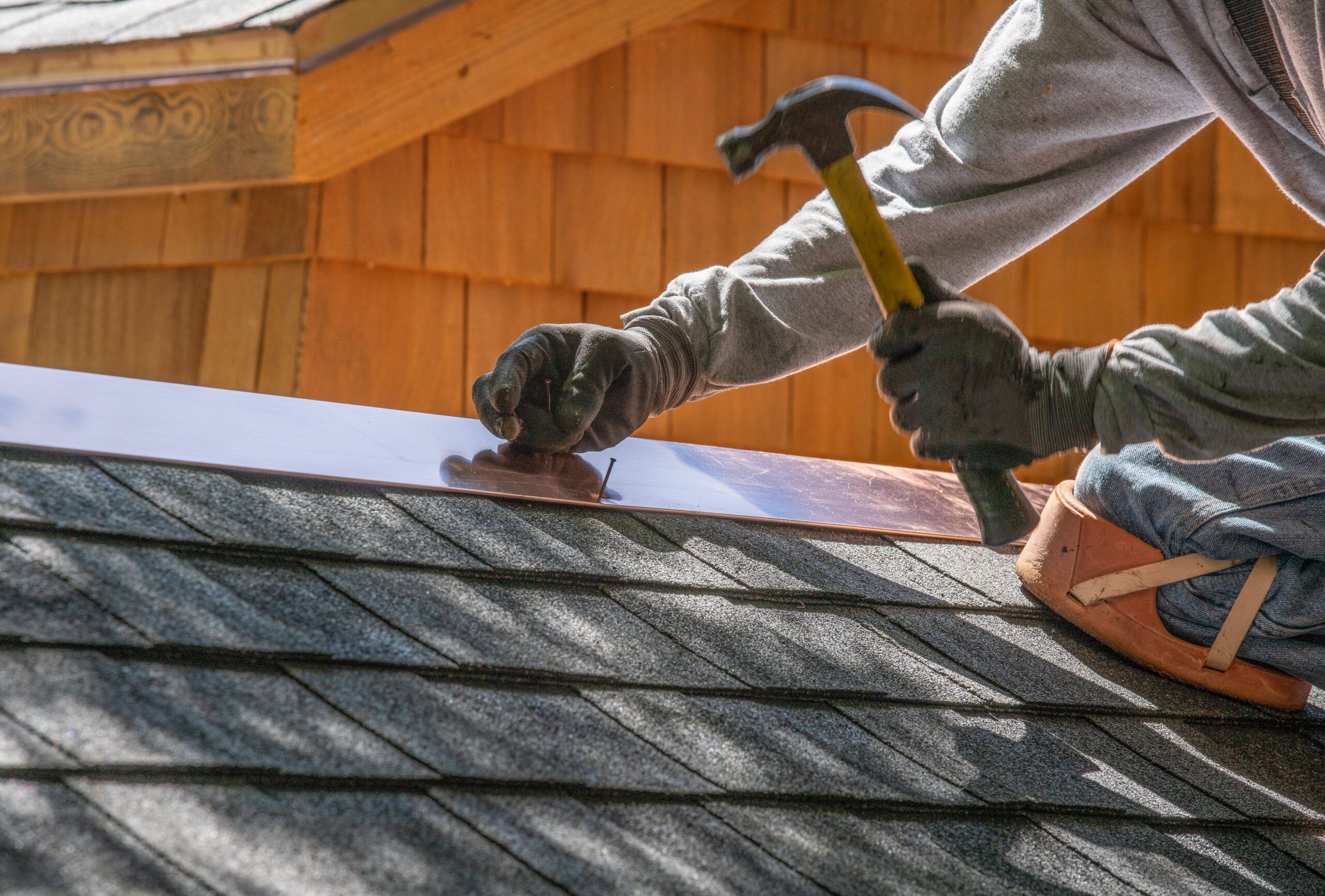Image Source: Google
Roof repairs are an inevitable part of owning a home. While major issues should always be handled by professionals, there are several minor problems that you can safely fix on your own. With the right tools, materials, and know-how, you can save money and extend the life of your roof. Here are some expert tips for DIY roof repairs to help you tackle minor issues with confidence.
Assessing the Damage
Identifying the Problem Areas
- Start by inspecting your roof from the ground using binoculars.
- Look for missing, damaged, or curling shingles.
- Check for leaks or water stains on the ceiling inside your home.
- Examine the flashing around chimneys, vents, and skylights for signs of damage.
Checking the Attic
- Inspect the attic for signs of water damage, such as mold, mildew, or rot.
- Look for daylight coming through the roof boards, which indicates a potential leak.
Gathering the Right Tools and Materials
Essential Tools
- Safety goggles
- Gloves
- Roofing hammer
- Utility knife
- Caulk gun
- Roofing cement
- Shingle adhesive
Materials
- Replacement shingles
- Flashing
- Roofing nails
- Sealant
- Roofing felt
Fixing Minor Roof Issues
Replacing Damaged Shingles
- Loosen the adhesive strip under the shingle above the damaged one.
- Slide the new shingle into place and secure it with roofing nails.
- Apply a dab of roofing cement to seal the shingle in place.
Repairing Flashing
- Clean the area around the damaged flashing with a wire brush.
- Apply a generous amount of roofing cement to the damaged area.
- Cut a piece of new flashing to size and press it into the cement.
Fixing Leaks
- Locate the source of the leak and mark the area with chalk.
- Apply roofing cement to the area using a putty knife.
- Cover the repaired area with a piece of roofing felt and more cement.
Safety Tips for DIY Roof Repairs
Use Proper Safety Gear
- Wear non-slip shoes to prevent falls.
- Use a harness or tie-off system when working on steep roofs.
- Protect your eyes with safety goggles and your hands with gloves.
Work in Pairs
- Have someone nearby in case of an emergency.
- Communicate effectively to avoid accidents.
Check the Weather Forecast
- Avoid working on your roof during rainy or windy conditions.
- Wait for a clear, sunny day to ensure optimal safety and visibility.
Knowing When to Call a Professional
Signs You Need Professional Help
- Major structural damage to your roof.
- Large areas of missing or damaged shingles.
- Leaks that persist after DIY repairs.
- Issues with the roof decking or underlayment.
Benefits of Hiring a Professional
- Expertise in handling complex roof repairs.
- Access to specialized equipment and materials.
- Warranty on workmanship and materials.
- Enhanced safety and reduced risk of accidents.
By following these expert tips for DIY roof repairs, you can address minor issues safely and effectively. Remember to always prioritize safety, use the right tools and materials, and know when to call a professional for help. With proper maintenance and timely repairs, you can keep your roof in top condition for years to come.
